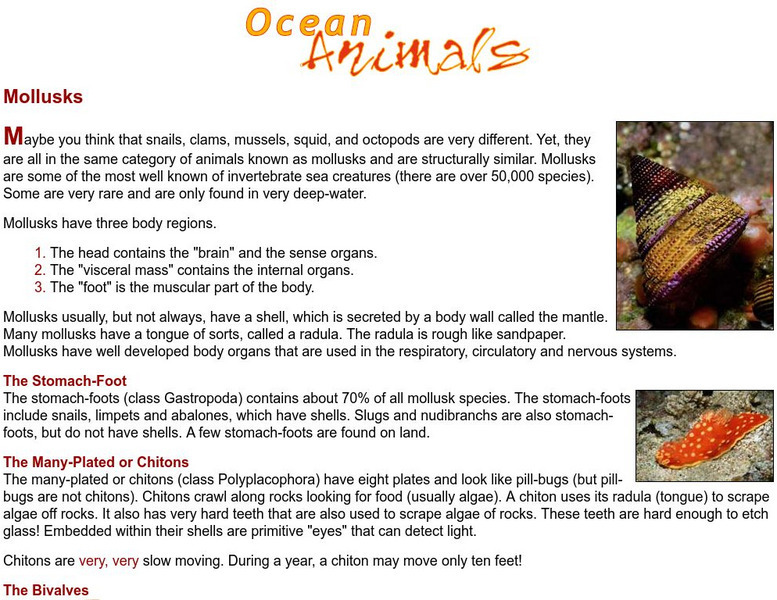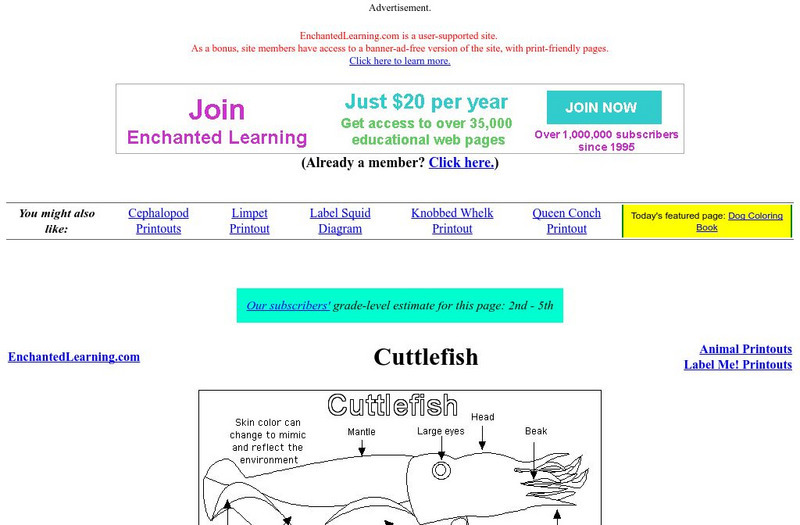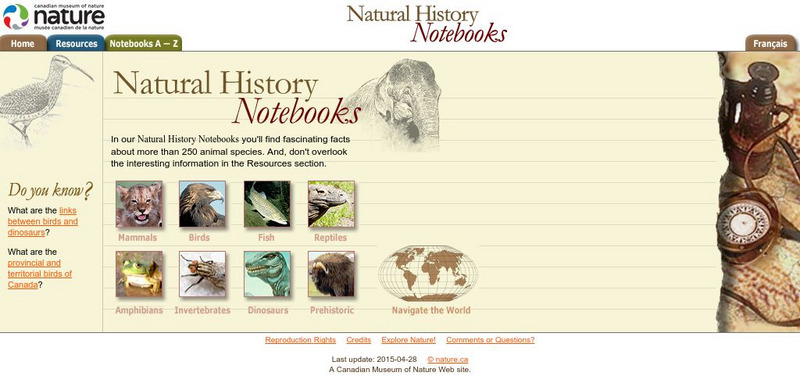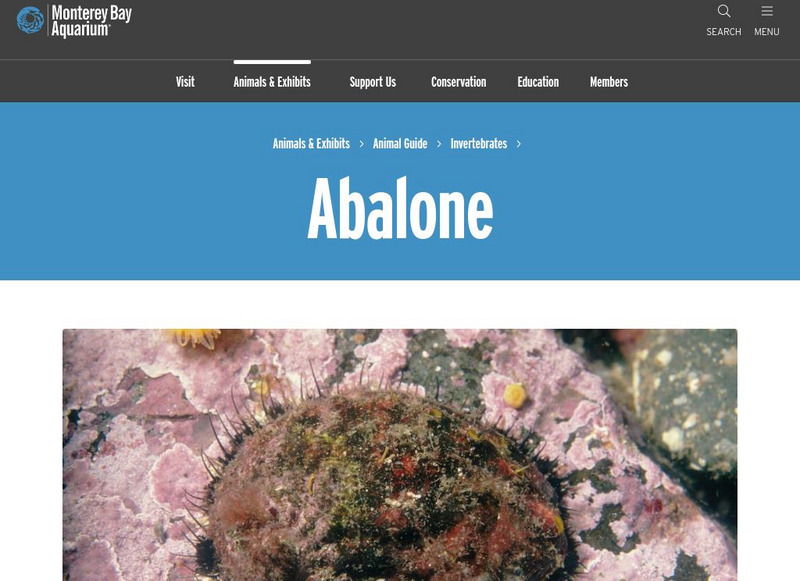Wilderness Classroom
Ocean Life
Our oceans are composed of many complex relationships. Young oceanographers explore relationships between organisms, understand the world ocean's currents, and discover the effects of water pollution and how it behaves. There are...
McGraw Hill
Arthropods
Are spiders related to crabs? Study the order of arthropods with a reading selection about animal diversity. It provides details about each class within the order, as well as vivid pictures and explanatory charts.
Other
Native Planet: Dangerous Sea Life
Learn about venomous fish and other animals with the ability to inject venom, such as jellyfish and other venomous invertebrates.
Indiana University
Indiana Univ. Bloomington: Geo Notes: Crinoids: Ancient Versus Modern Forms [Pdf]
Presents some facts about crinoids, a marine animal abundant during the Paleozoic Era, with many fossil species present in Indiana. This animal can still be found in the Caribbean Sea today.
Missouri Botanical Garden
Missouri Botanical Garden: Ocean Animals: Mollusks
The Missouri Botanical Garden describes the characteristics and natural history of mollusks in text and color photography.
Enchanted Learning
Enchanted Learning: Cuttlefish
Explore the world of the cuttlefish, a unique cephalopod. Students will gain a greater understanding of this mollusk through fun facts, information on the anatomy, diet, predators and more at this site.
Indiana University
Indiana Univ. Bloomington:geo Notes: Conodonts: Microfossils of Distinction [Pdf]
Presents some facts about conodonts, extinct eel-like animals whose fossils have been found in Indiana's marine sedimentary rocks. Their important role in geologic research is also discussed.
Canadian Museum of Nature
Canadian Museum of Nature: Natural History Notebooks
This site from the Canadian Museum of Nature, a natural history museum, provides short information blurbs and fun facts on over 240 different common animals categorized by type (mammals, fish, reptiles, invertebrates, amphibians,...
Monterey Bay Aquarium
Monterey Bay Aquarium: Brain Coral
Resource presents extensive information about brain coral, including diet, size, range, relatives, conservation, and cool facts.
Other
The Cephalopod Page: What Behavior Can We Expect of Octopuses?
The navigation and spatial skills, tool use, play, and personalities of octopuses are covered in the studies discussed in this article.
Enchanted Learning
Enchanted Learning: Plankton
Enchanted Learning takes a basic look at a basic organism: plankton. Learn the definition of plankton, zooplankton and phytoplankton; the first link in the marine food chain.
BiologyWise
Biology Wise: Reproduction Process of Sea Urchins
Describes the physical characteristics of sea urchins and how reproduction takes place.
Monterey Bay Aquarium
Monterey Bay Aquarium: Abalone
Learn some "cool facts" about abalone as you study its description and read about conservation efforts.



![Indiana Univ. Bloomington: Geo Notes: Crinoids: Ancient Versus Modern Forms [Pdf] Handout Indiana Univ. Bloomington: Geo Notes: Crinoids: Ancient Versus Modern Forms [Pdf] Handout](https://static.lp.lexp.cloud/images/attachment_defaults/resource/large/FPO-knovation.png)






